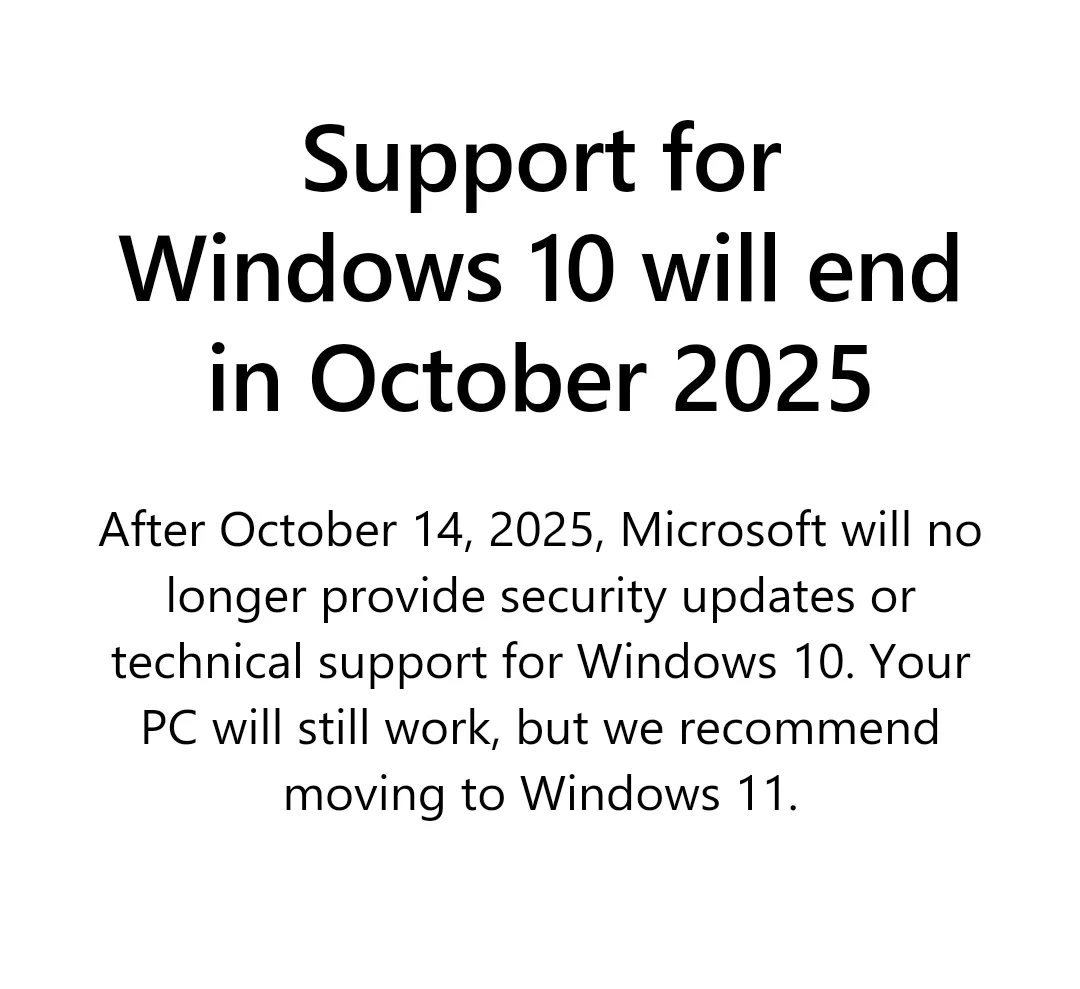this post was submitted on 23 May 2024
747 points (97.8% liked)
Technology
59440 readers
3634 users here now
This is a most excellent place for technology news and articles.
Our Rules
- Follow the lemmy.world rules.
- Only tech related content.
- Be excellent to each another!
- Mod approved content bots can post up to 10 articles per day.
- Threads asking for personal tech support may be deleted.
- Politics threads may be removed.
- No memes allowed as posts, OK to post as comments.
- Only approved bots from the list below, to ask if your bot can be added please contact us.
- Check for duplicates before posting, duplicates may be removed
Approved Bots
founded 1 year ago
MODERATORS
you are viewing a single comment's thread
view the rest of the comments
view the rest of the comments

Whereas on Linux I recently upgraded the motherboard on my machine from a B350 to a B550, stripping it down to it's parts and rebuilding. Different network chip, audio chip, WiFi and Bluetooth, etc, etc. 6 SSDs plugged back in in a shuffled order.
Linux booted and worked first time, adjusting which drivers it used automatically, mounting all the drives in their original locations. Similar thing when I upgraded my GPU. Admittedly the old one was AMD, same as the new one, but there was about 4 or 5 generations between them. CPU upgrades too.
I've got a real machine of Theseus here. I think my case and my heatsink is all that's left from the original.
...oh...and the OS.
Windows will do the exact same thing. It'll even boot and run just fine, only telling you that Windows isn't activated. And you can get vendor support if you need it. I had a Windows system that started as XP and got upgraded and passed around among newer and newer hardware up to Windows 11 with nary a problem.